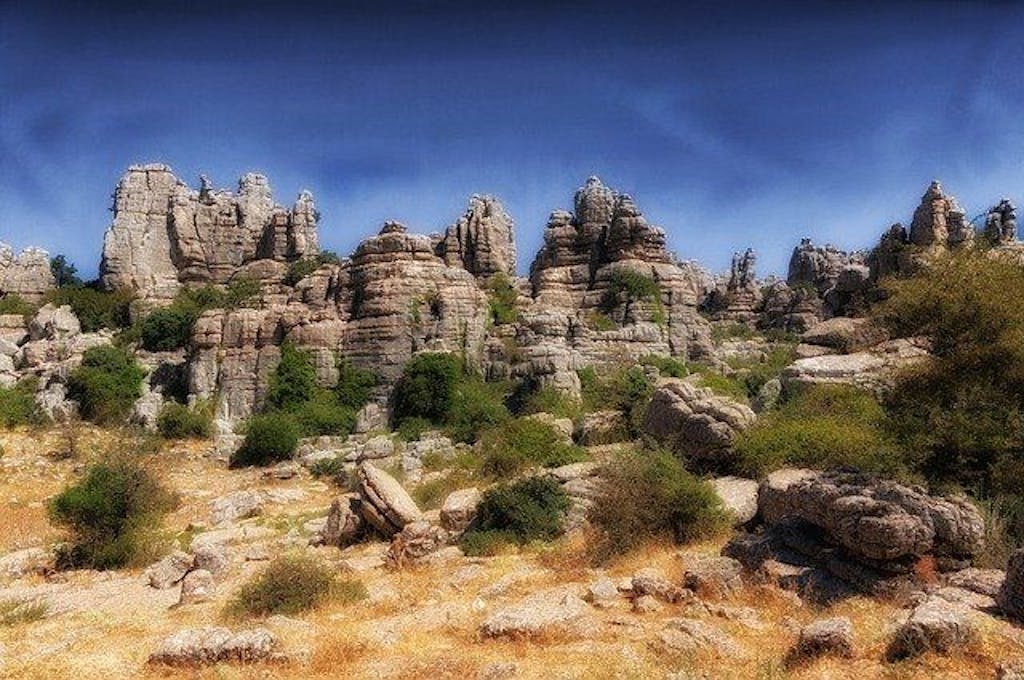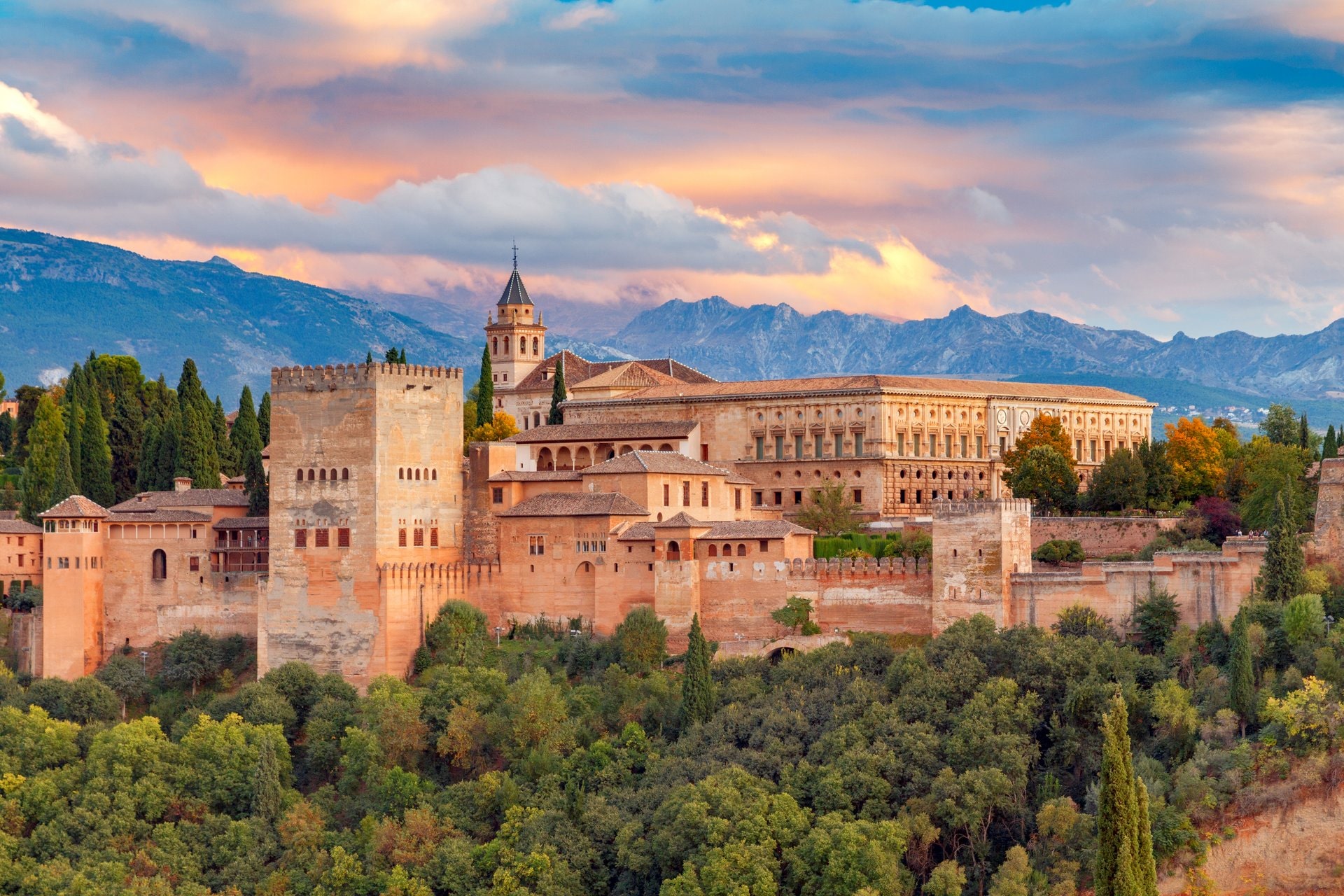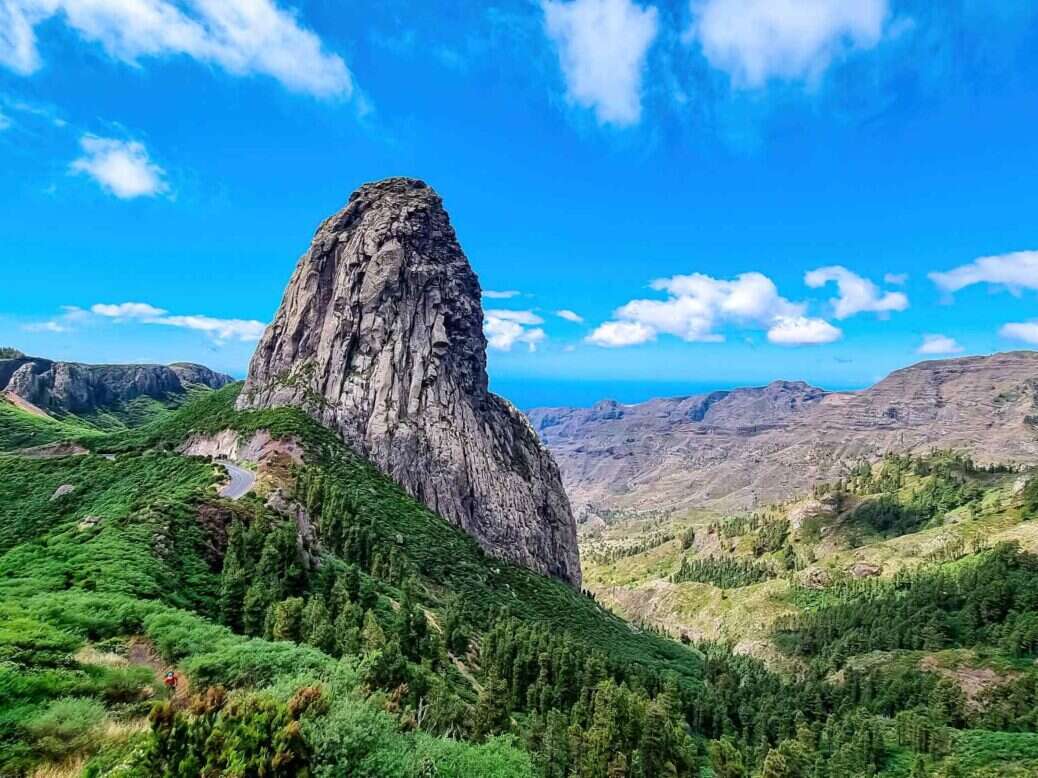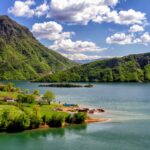
Introduction
Overview of Spain’s Natural Landscapes
Spain is a country blessed with diverse natural landscapes, ranging from soaring mountains to beautiful coastlines. Each region boasts its unique charm, offering stunning vistas and a plethora of flora and fauna. For instance, one might find themselves hiking in the rugged Pyrenees or enjoying the serene beaches of Andalusia.
Importance of Preserving Environmental Heritage
The preservation of Spain’s environmental heritage is paramount. With increasing urbanization and climate change, these natural wonders face numerous threats. Understanding and protecting these landscapes ensures that future generations can appreciate their beauty. Key reasons include:
- Biodiversity Protection : Maintaining ecological balance is vital for preserving species.
- Cultural Significance : Many landscapes hold historical importance and reflect the country’s cultural identity.
- Sustainable Tourism : Responsible tourism can help fund conservation initiatives.
This commitment to conservation fosters a sense of responsibility towards protecting the planet.

Diversity of Natural Landscapes in Spain
Mountainous Regions
Spain’s mountainous regions offer breathtaking scenery and adventure. From the majestic Pyrenees in the north to the Sierra Nevada in the south, these peaks are perfect for hiking and skiing enthusiasts. The rich biodiversity and steep slopes cater to various wildlife, making it an explorer’s paradise.
Coastal Areas
Transitioning from the heights to the shores, Spain’s coastal areas present a beautiful contrast. The Mediterranean coastline features stunning beaches and crystal-clear waters, attracting sun-seekers and water sports enthusiasts. Think of the turquoise waters of Costa Brava or the tranquil beaches of the Algarve, both of which offer a delightful escape.
Arid Zones
Not to be overlooked, Spain’s arid zones, such as the Tabernas Desert, showcase a unique landscape. These areas are home to hardy flora and fauna, providing a glimpse into environments that can thrive in harsh conditions. Visitors might marvel at how these rugged terrains support life.
Lush Forests
In contrast, lush forests like those found in Galicia present a different beauty altogether. Dense canopies filled with diverse plant and animal life create a serene ambiance, inviting hikers to explore nature’s tranquility. Each landscape in Spain tells its own story, emphasizing the country’s rich environmental tapestry.

Iconic Natural Landmarks in Spain
The Pyrenees
The Pyrenees stand majestically along the border between Spain and France. They are not just a mountain range, but a haven for hikers, climbers, and nature lovers. Picture yourself trekking through lush valleys and discovering hidden lakes—each view providing a moment worth capturing.
Sierra Nevada
Moving south, the Sierra Nevada boasts Spain’s highest peaks and a unique microclimate. Here, outdoor enthusiasts can engage in skiing during winter and hiking in warmer months. The dramatic contrasts of snow-capped mountains against sun-soaked valleys create picturesque views that leave visitors in awe.
Canary Islands
Farther afield, the Canary Islands are a jewel in the Atlantic, featuring diverse landscapes from volcanic terrains to sandy beaches. Each island offers unique experiences; for instance, Lanzarote’s otherworldly volcanic landscapes contrast with the lush greenery of La Palma. It’s a paradise for explorers who love varying climates and terrains.
Caves of Altamira
Lastly, the Caves of Altamira reveal prehistoric art that connects visitors to distant history. Located in Cantabria, these caves are a UNESCO World Heritage site, showcasing stunning depictions of wildlife that date back thousands of years. It’s a thought-provoking experience, reminding us of the deep-rooted connection humans have with nature. Each landmark holds significance, adding to Spain’s rich natural heritage.

Biodiversity Hotspots in Spain
Doñana National Park
Doñana National Park is a stunning example of Spain’s rich biodiversity. Spanning marshes, dunes, and forests, it serves as a crucial sanctuary for many endangered species, including the Iberian lynx. It’s not uncommon for birdwatchers to catch glimpses of migratory birds that flock to this oasis. The park’s diverse ecosystems create an enchanting atmosphere for nature enthusiasts.
Teide National Park
Nestled in Tenerife, Teide National Park is home to Spain’s highest peak, Mount Teide. This stunning volcanic landscape is not only a geological marvel but also a habitat for unique flora and fauna. As one walks the trails, they may feel as if they are on another planet with the striking contrasts and vivid colors all around.
Tablas de Daimiel National Park
Tablas de Daimiel National Park presents a different kind of allure with its unusual wetlands. Here, freshwater rivers interact with a rare type of marshland, supporting a variety of wildlife. Birdwatching is particularly rewarding, as numerous migratory species make their stops here during seasonal changes. Visitors often engage with the landscape, gaining an appreciation for its fragile beauty.
Together, these biodiversity hotspots showcase Spain’s commitment to preserving its unique ecosystems and the extraordinary variety of life they support.

Sustainable Tourism Practices in Spain’s Natural Landscapes
Eco-friendly Accommodation Options
When exploring Spain’s natural wonders, choosing eco-friendly accommodation makes a significant impact. Numerous lodges and hotels emphasize sustainability, utilizing solar energy and recycling programs. For instance, I recently stayed at a charming eco-lodge in rural Andalusia, surrounded by olive groves, where the commitment to the environment was evident in their practices.
Benefits of eco-friendly stays include:
- Reduced carbon footprints : Supporting green initiatives helps lower overall impact.
- Local employment : Engaging with the local economy fosters community growth.
- Unique experiences : Enjoying a stay in an eco-lodge often includes nature-centric activities.
Responsible Wildlife Viewing Guidelines
Engaging with wildlife responsibly is vital for preserving the delicate ecosystems in Spain’s parks. It’s essential to follow guidelines such as maintaining a safe distance from animals, respecting their habitats, and refraining from feeding them. During my visit to Doñana National Park, I marveled at the birds while adhering to these principles, fully appreciating the experience without disturbing the wildlife.
Key guidelines for responsible viewing include:
- Stay on marked trails : Protecting plant and animal habitats is crucial.
- Limit noise : Keeping the environment tranquil allows wildlife to thrive.
- Educate yourself : Understanding the species enhances appreciation and fosters conservation.
By adopting these sustainable practices, visitors can enjoy the beauty of Spain’s landscapes while contributing to their preservation.

Adventure Activities Amidst Spain’s Natural Beauty
Hiking and Trekking Routes
Spain offers a plethora of hiking and trekking routes that cater to all skill levels, inviting adventurers to explore its stunning landscapes. The famous Camino de Santiago, for example, provides not only a physical challenge but also a spiritual journey, allowing hikers to experience the culture and history along the way.
- Varied terrain : From coastal paths to mountainous trails, there’s always something new to explore.
- Guided tours : Many organizations offer support to make hikes enjoyable and safe.
Water Sports
For those who prefer aquatic adventures, Spain’s coastlines and rivers offer exciting water sports opportunities. Kayaking in the azure waters of the Mediterranean or surfing on the northern shorelines can be exhilarating. I once tried paddleboarding off the Costa Brava, surrounded by breathtaking cliffs, which made for an unforgettable experience.
- Diverse options : Scuba diving, windsurfing, and sailing are also popular.
- Suitable for all levels : Classes and rentals are available for beginners.
Wildlife Watching Opportunities
If you’re a nature lover, wildlife watching is a must in Spain. National parks like Doñana provide ideal conditions for spotting rare birds and other unique wildlife. On my recent trip, I was fortunate enough to observe flamingos in their natural habitat—an awe-inspiring sight.
- Best practices : Bring binoculars for closer views and consider joining guided tours for in-depth insights.
- Respect the environment : Always follow responsible viewing guidelines to ensure a sustainable experience.
Together, these adventurous activities allow visitors to fully immerse themselves in Spain’s magnificent natural beauty while creating lasting memories.

Conservation Efforts in Spain
National Conservation Initiatives
Spain is committed to preserving its natural wonders through various national conservation initiatives. Programs like the Natura 2000 network aim to protect biodiversity across the country, ensuring that endangered species and habitats are safeguarded. For instance, visiting Doñana National Park, I noticed signs explaining ongoing conservation efforts that enrich the ecosystem and engage visitors in protection.
- Protected areas : Numerous parks and reserves help maintain ecological balance.
- Scientific research : Ongoing studies contribute to better conservation practices.
Community-Based Conservation Projects
In addition to national policies, community-based conservation projects play a vital role in local engagement. These initiatives, often led by grassroots organizations, empower communities to manage their natural resources sustainably. During my time in rural Galicia, I met locals involved in reforestation efforts aimed at restoring native tree species and promoting biodiversity.
- Cultural involvement : These projects enable locals to share traditional knowledge and practices.
- Ecotourism opportunities : Engaging travelers in conservation efforts encourages sustainable tourism.
Combining national and community-driven efforts creates a powerful synergy for conservation in Spain, ensuring the protection of its extraordinary landscapes for future generations.

Conclusion
Reflection on Spain’s Natural Beauty
As we explore the stunning landscapes of Spain, from the majestic peaks of the Pyrenees to the serene beaches of the Canary Islands, it becomes evident that this country is a treasure trove of natural beauty. Each visit unveils new wonders, like the vibrant wildlife in Doñana National Park, reminding us of the importance of cherishing and protecting these environments.
Call to Action for Environmental Conservation
Now is the time for all of us to take action. Here are some ways to contribute to conservation efforts:
- Choose eco-friendly travel options : Support accommodations and activities focused on sustainability.
- Educate others : Share your experiences and knowledge about España’s natural wonders.
- Get involved : Participate in local conservation projects or volunteer initiatives during your travels.
Together, we can ensure that Spain’s breathtaking landscapes are preserved for future generations to appreciate and enjoy. Let’s commit to being stewards of the environment, honoring the incredible beauty that nature has to offer.













